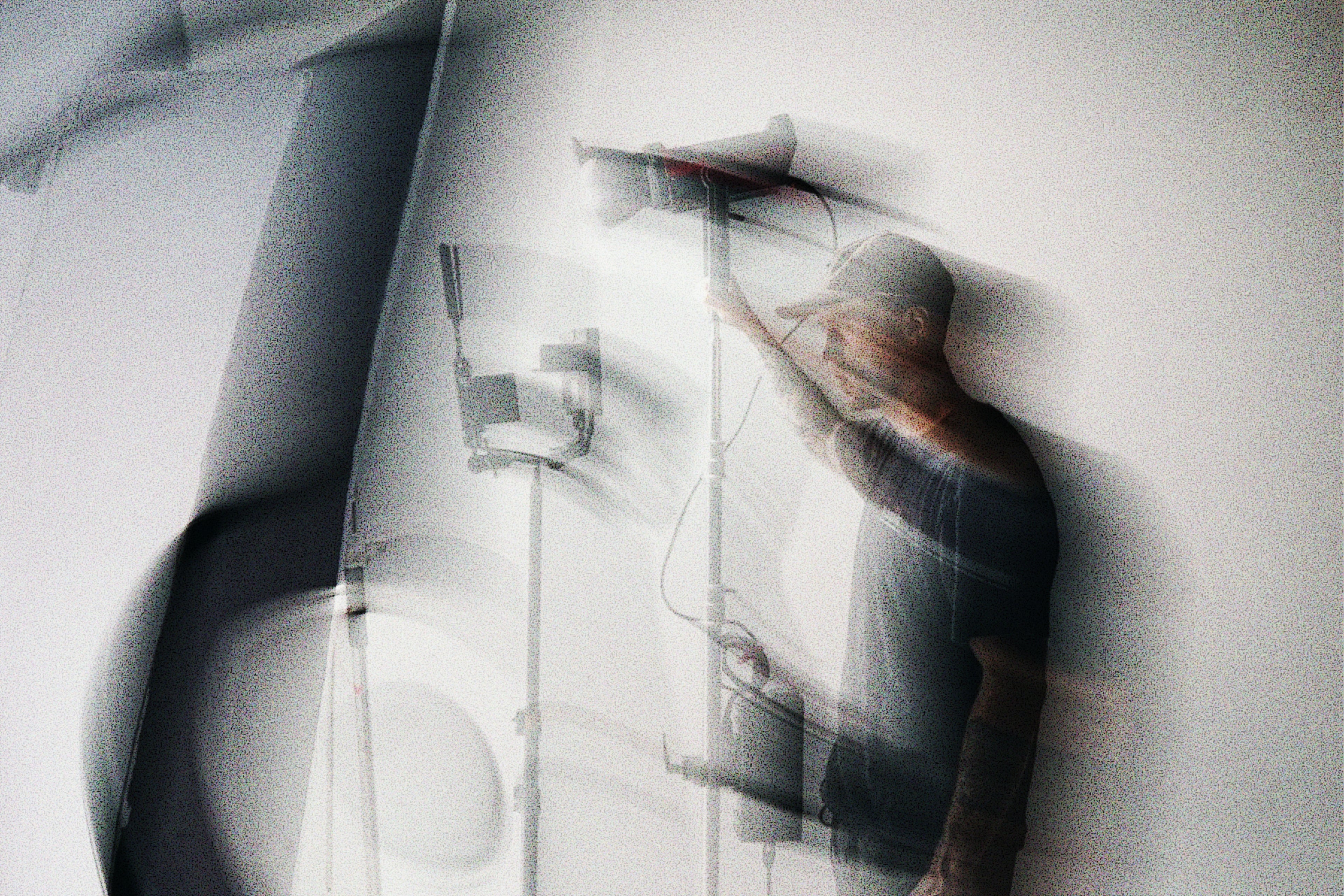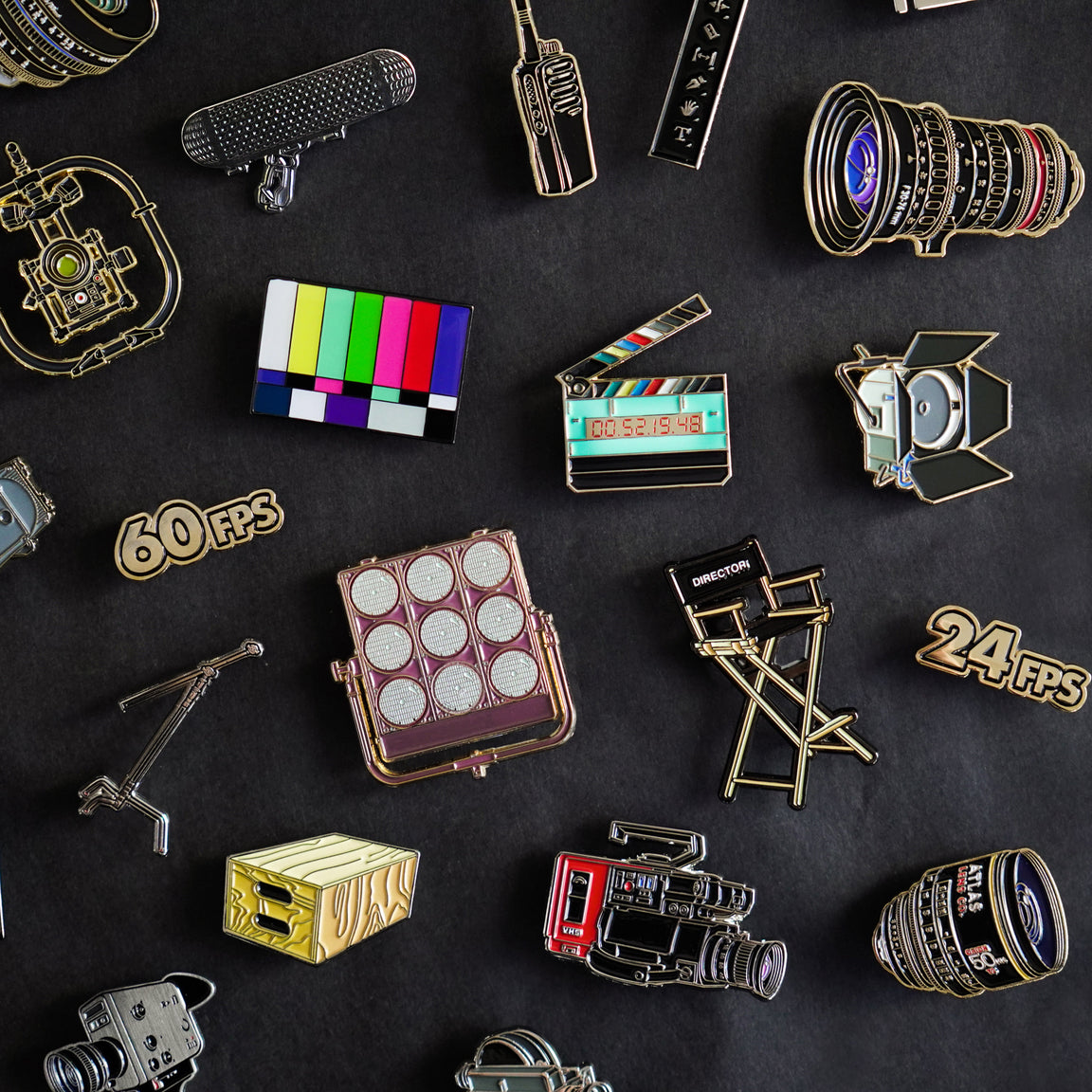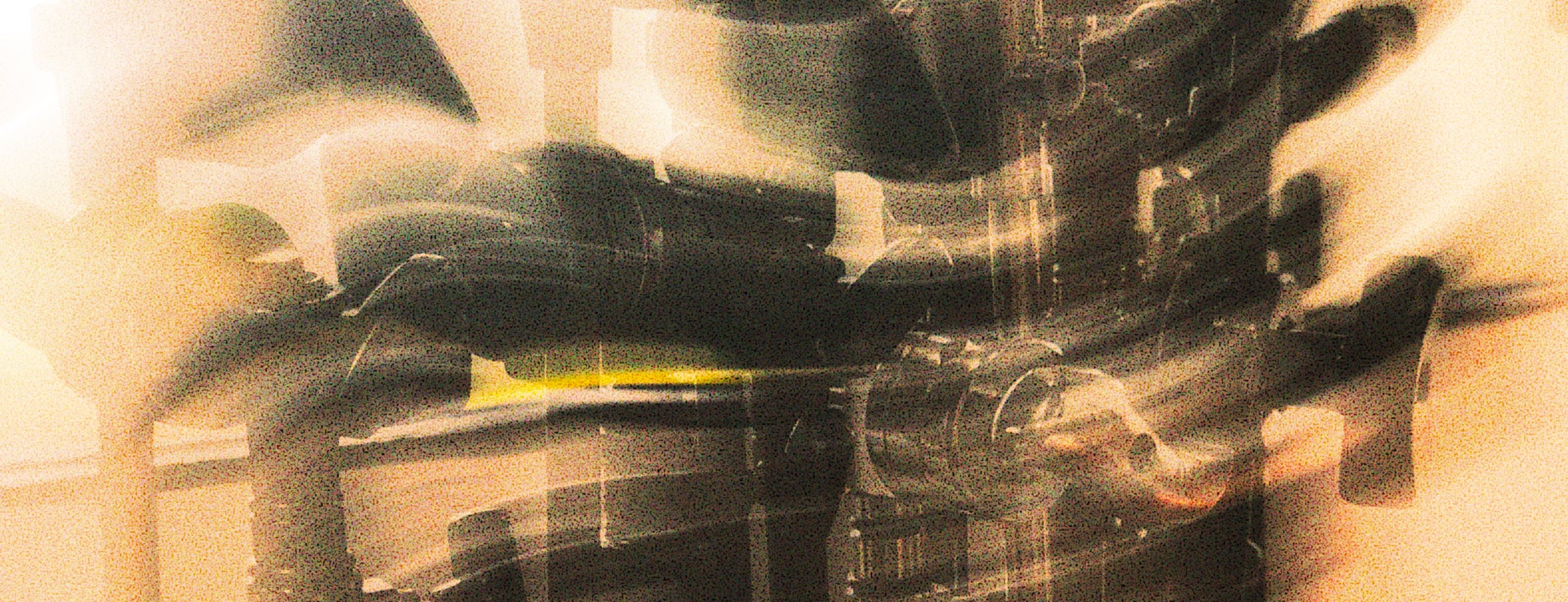
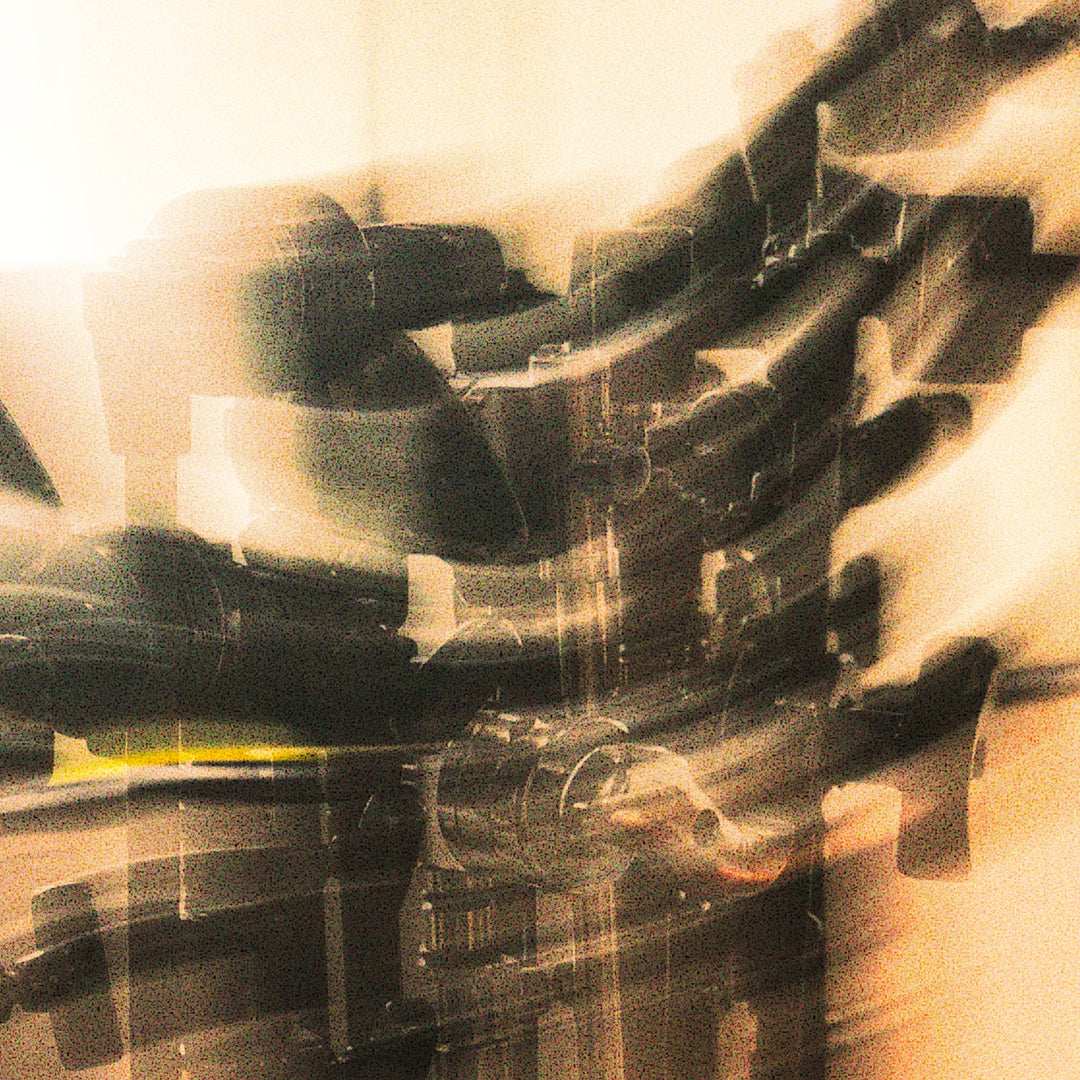
A Brief History of the C-Stand
In the world of filmmaking, there’s an unassuming yet essential tool that’s seen as much action as the cameras and lights themselves: the C-Stand. Short for “Century Stand,” this piece of grip equipment is a fixture on nearly every film set, used to hold up lights, flags, reflectors, and more. But while its functionality is celebrated, not many people know the story of how the C-Stand came to be the versatile, indispensable tool it is today. Let’s take a quick dive into the cool history of this filmmaking staple.
The C-Stand’s roots go back to the early 20th century and are closely tied to the Century Grip & Lighting Company. Founded in 1900, Century was a major player in developing gear for stage and film lighting. Back then, the film industry was blossoming, and studios needed adaptable tools to manipulate lighting and staging in precise ways. Century started creating various stands and supports to meet these demands, eventually leading to what we now know as the "Century Stand" or simply the "C-Stand."
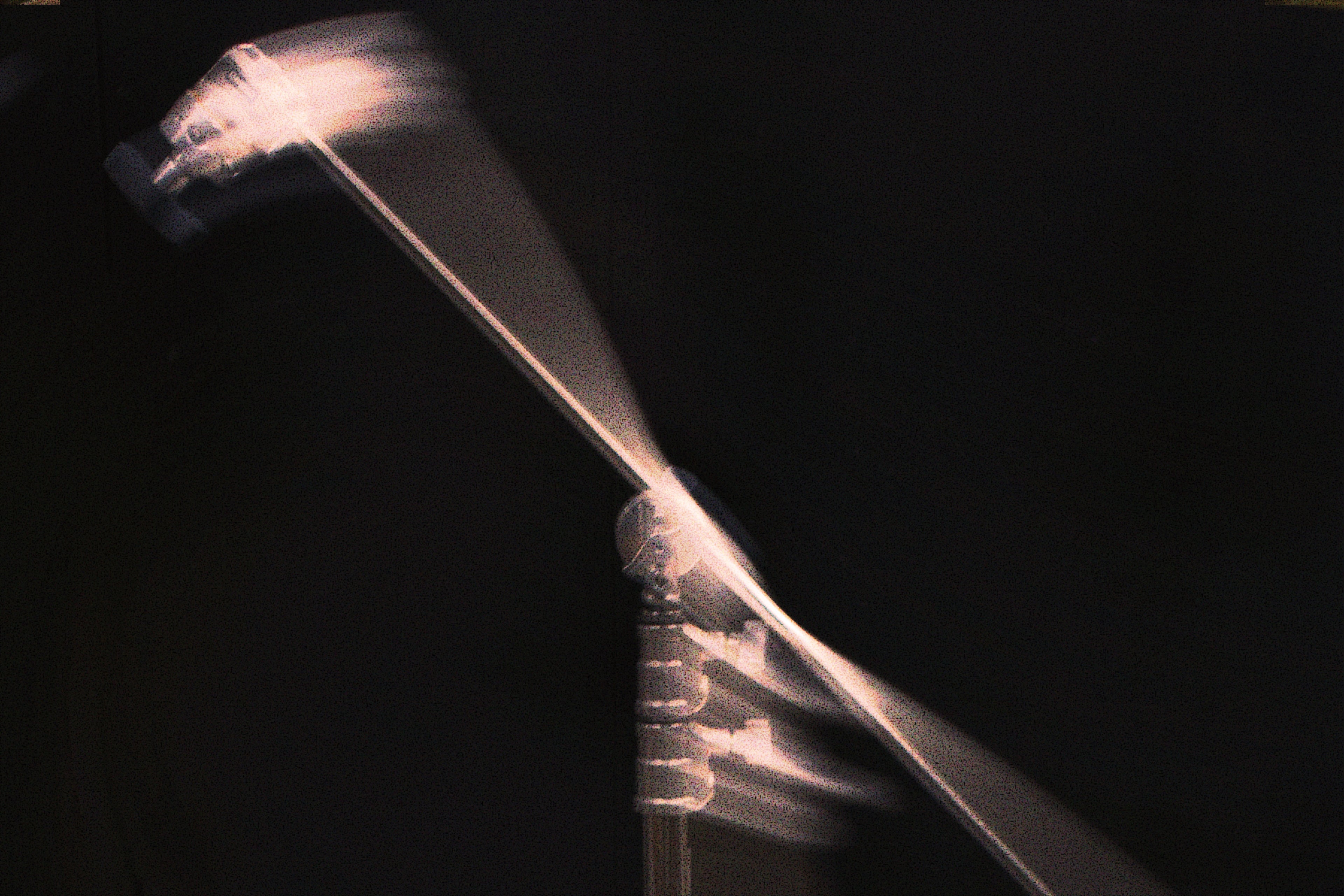
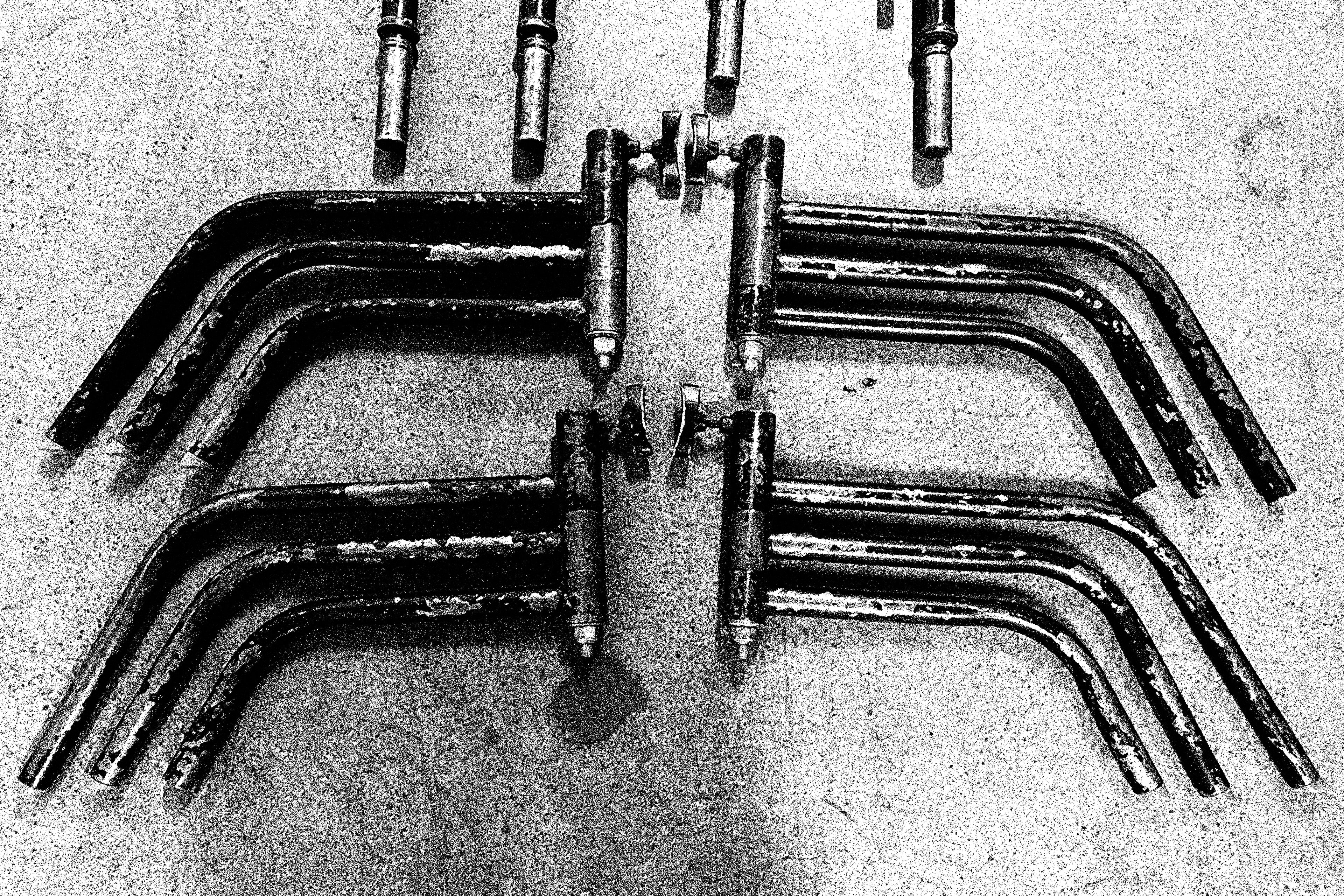

The origins of the term "C-Stand" have sparked plenty of debate and a few urban legends. Some say the “C” stands for "Century," as a nod to the original Century Grip & Lighting Company. Others believe it refers to a "century" of usability or the C-shaped design of its unique legs. Another theory ties it to the 100-inch, or "century," reflectors once used to bounce sunlight onto early film sets, illuminating scenes and actors before electric lighting became standard. While the true meaning remains up for debate, one thing is certain: the C-Stand is an iconic, indispensable tool in filmmaking history.
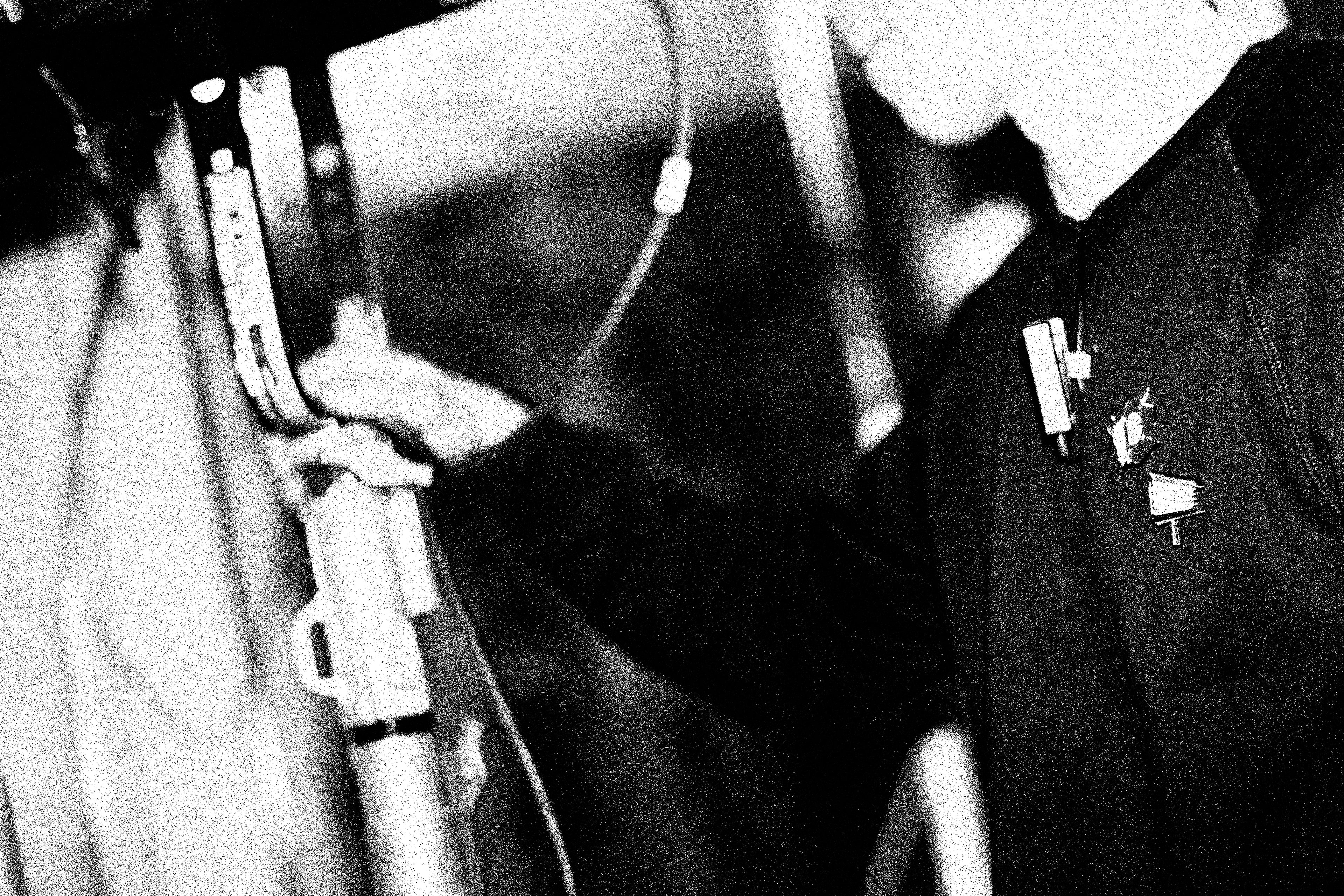
One of the reasons the C-Stand has stood the test of time is its thoughtful, modular design. It’s not just a stand; it’s a piece of engineering that allows crews to adjust height, angle, and positioning quickly and precisely. It typically includes a metal base with a central column, two risers, and a “gobo arm” (a detachable arm with a grip head) that can hold lights or modifiers at various angles. This flexibility has made it a go-to piece of gear for gripping in Hollywood and beyond.
The stand’s “turtle base” is another unique feature that allows one leg to be positioned higher than the others, making it easy to place on uneven surfaces. And if you’ve ever worked on a cramped set, you know just how valuable that nesting leg design is—it allows multiple stands to fit tightly together without taking up too much floor space. These design features combine to make the C-Stand both highly practical and almost endlessly versatile.
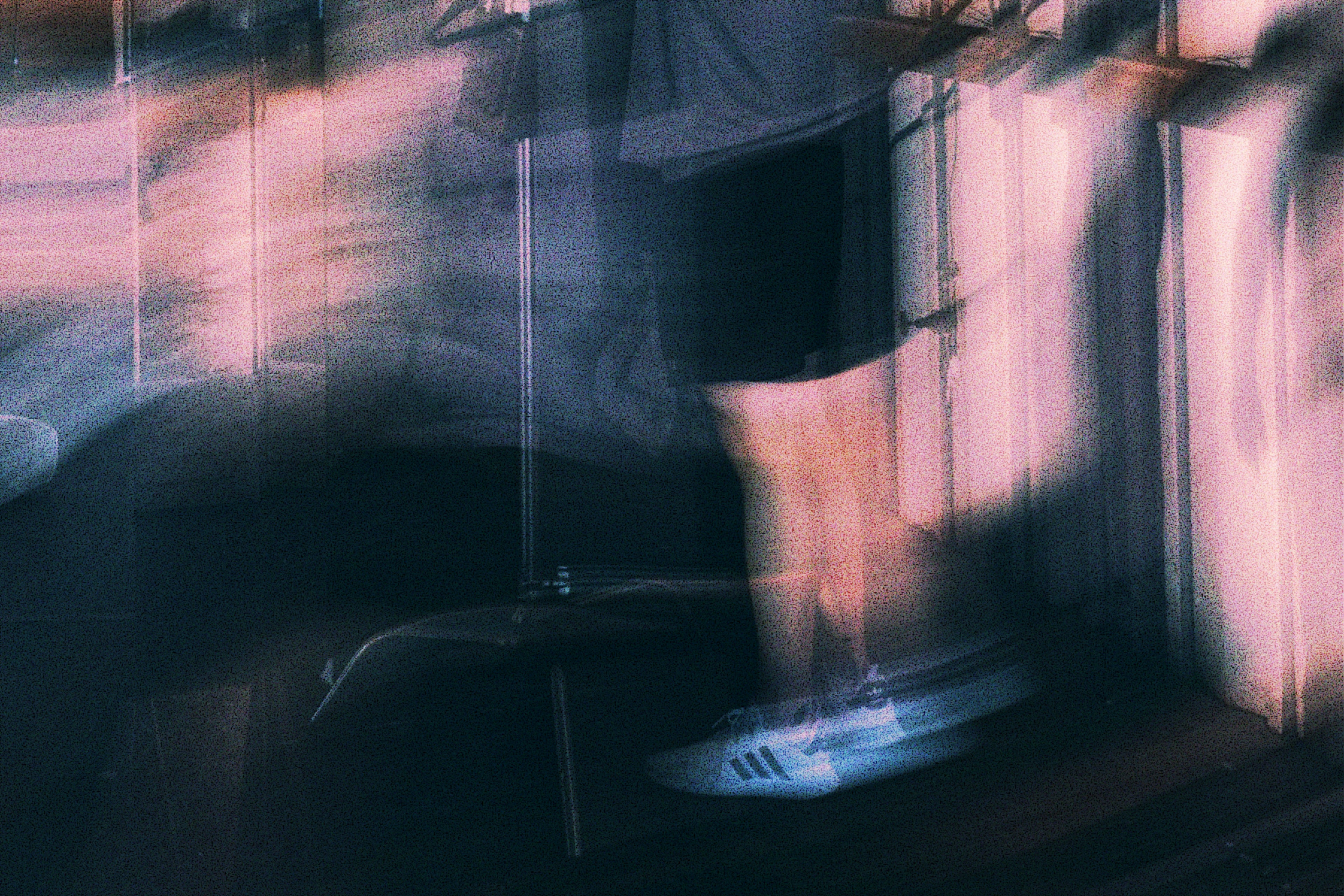
In 1974, Matthews Studio Equipment transformed on-set support tools by introducing the first folding-base C-Stand, a groundbreaking innovation that made these stands more practical, portable, and space-efficient. This advancement aligned with founder Ed Phillips' mission to develop standardized, time-saving equipment solutions for filmmakers. Prior to Matthews’ folding design, C-Stands had welded, non-foldable bases, which allowed them to nest together but limited their storage flexibility. By adding folding legs, Matthews redefined the utility of the C-Stand, turning it into an indispensable tool for filmmakers and photographers alike—ideal for supporting lighting modifiers such as softboxes, flags, and scrims, and now a global industry standard.
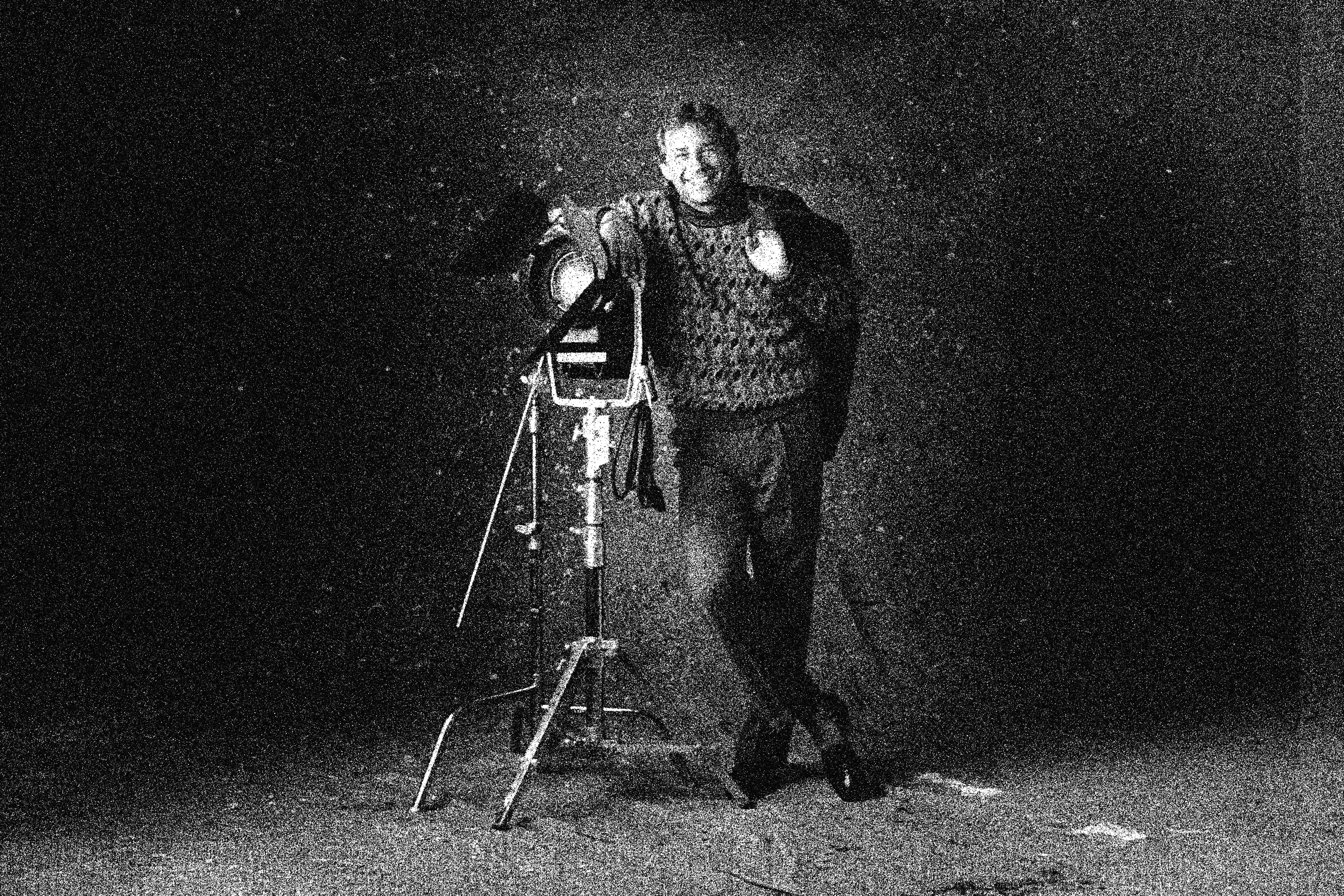
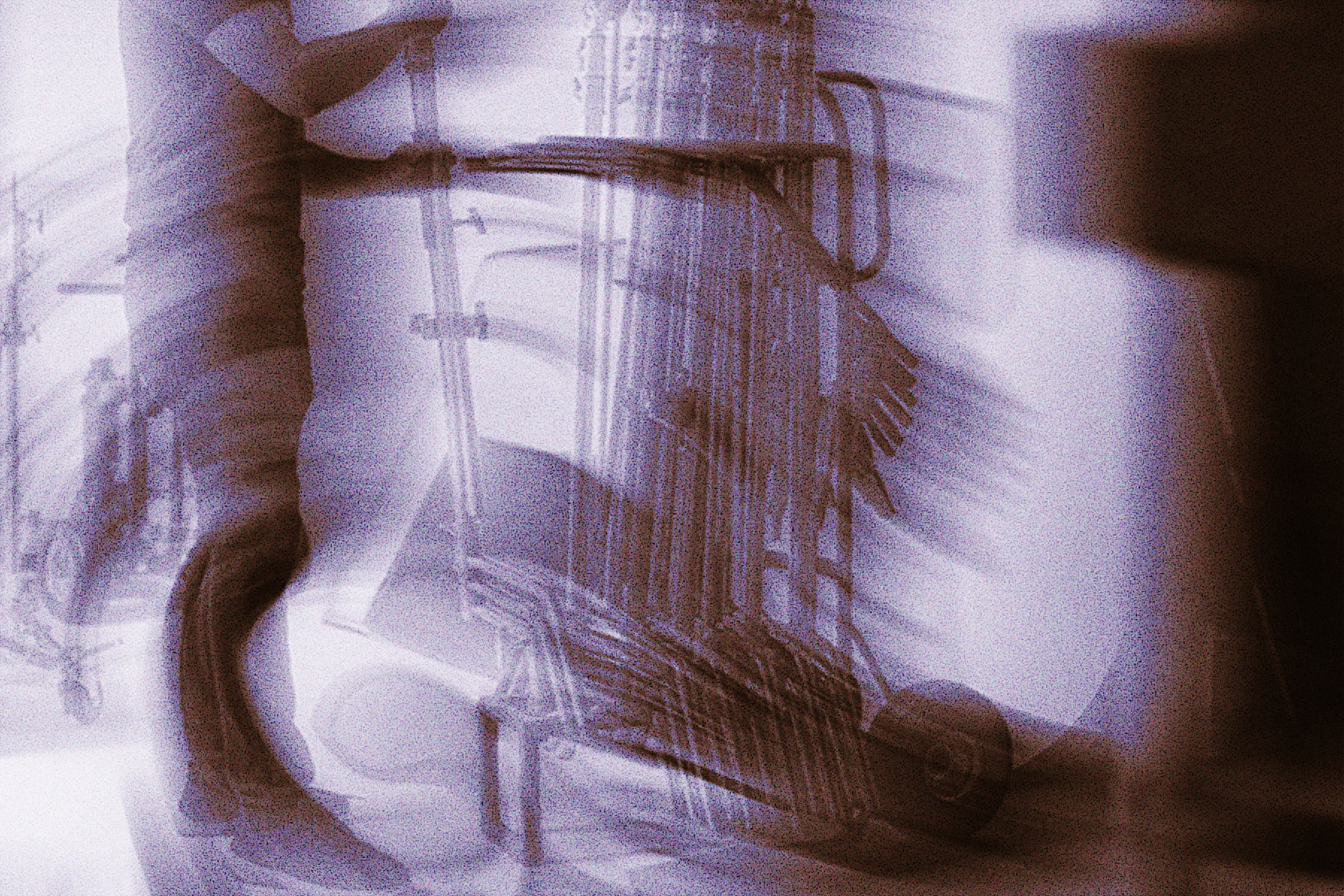
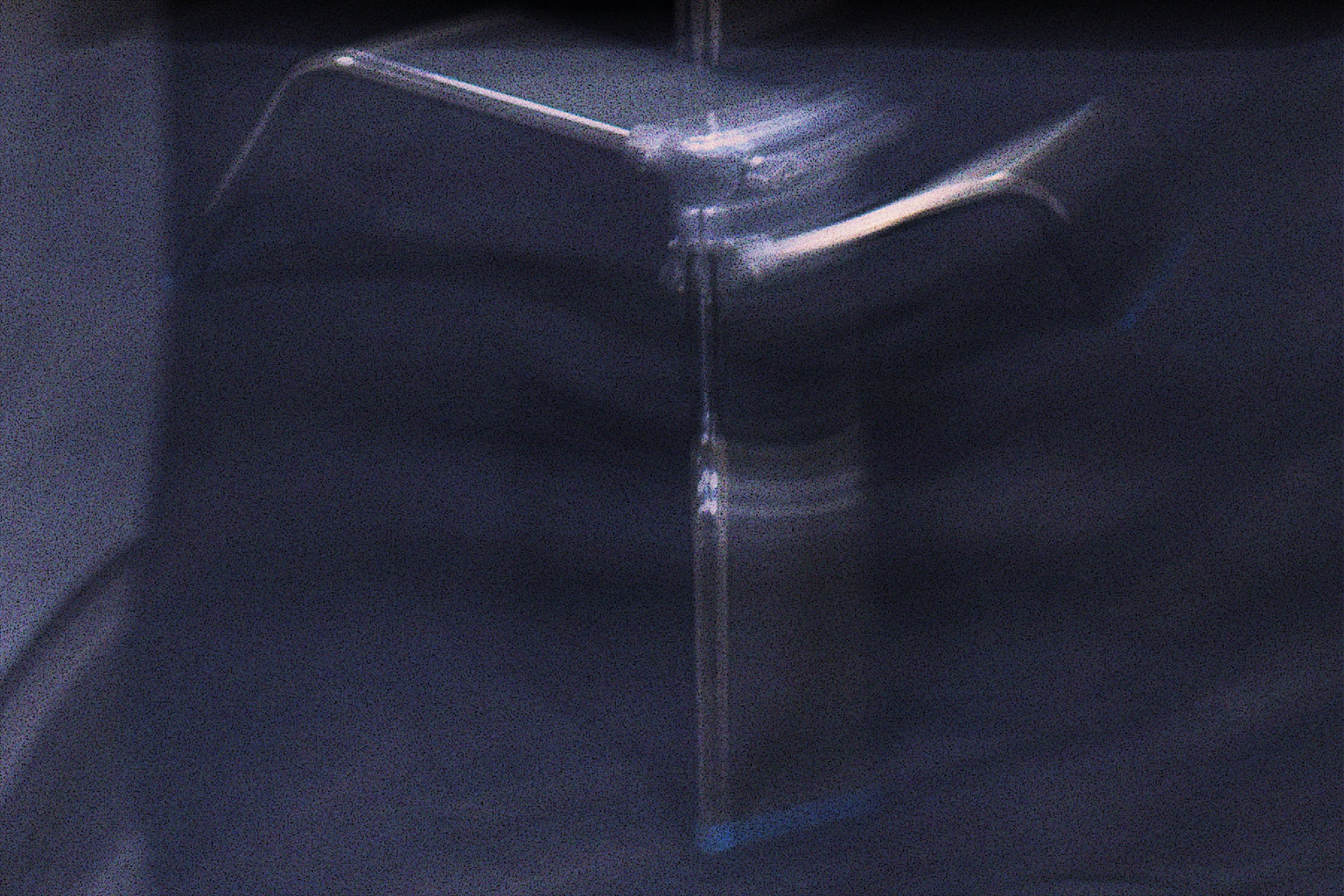
In an industry where new gadgets and innovations come and go, the C-Stand has remained a timeless piece of gear, almost unchanged since it was first created. It’s been upgraded with materials and minor ergonomic tweaks, but its core design and functionality are as solid as ever.
The C-Stand is more than just a piece of equipment; it’s a testament to the timelessness of smart design. Its influence on the filmmaking process is undeniable, and it has become as iconic as the cameras it supports. For filmmakers, it’s a trusted ally—always there, always reliable, helping to make cinematic magic happen. So the next time you’re on a set and see a C-Stand holding up a light or a flag, remember its storied history and appreciate the unsung hero that has made life easier for filmmakers for over a century.
